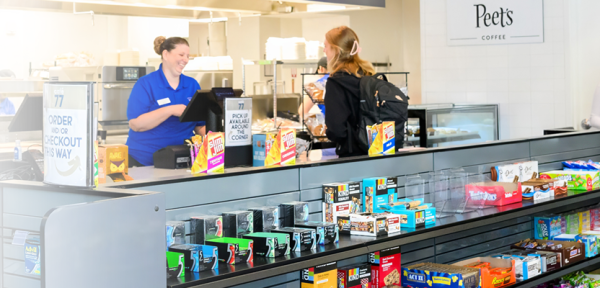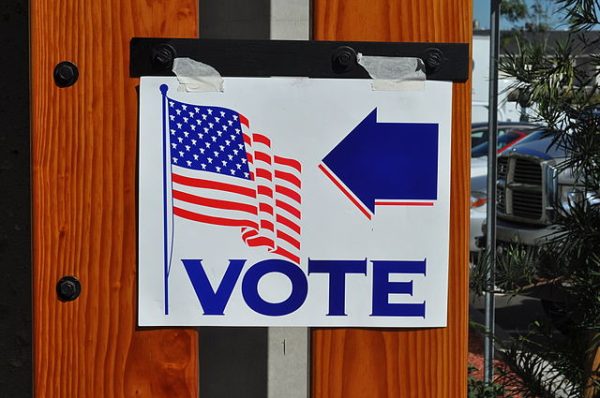Mental health in a pandemic
Anxiety related to the coronavirus pandemic stems from unprecedented stressors
October 7, 2020
In an article published by The Guardian in early August, Robin Neely, a teacher in Arizona, notably stated that despite months of quarantining, mask-wearing and working on vaccines to prevent the spread of COVID-19, “we’re still fighting a ghost.”
To most Washington and Lee University students, COVID-19’s presence is felt much like that of a ghost, haunting us with each restriction as a reminder that life on campus cannot be normal. How do we as a community, within the stressful nature of the college environment, work to define and cope with new mental health stressors?
The National Alliance on Mental Illness (NAMI) emphasizes that even before the stresses of the coronavirus pandemic arose, college students were already struggling. Last year, the NAMI reported that among college students, 80% feel overwhelmed by their responsibilities as a student. About 50% rated their mental health as below average or poor and have struggled with anxiety to the point where it has affected their schoolwork. Further, one in four people between 18 and 24 have a diagnosable mental health issue.
The most alarming statistic is that 40% of college students fail to seek help.
With midterms on the horizon, my professor asked my classmates and I how we were feeling about our workload and stress levels related to our classes. Most of my classmates replied with a head nod or a “so-so” hand gesture to acknowledge that they were stressed, but able to manage it. When asked how we were coping with the stress of the coronavirus pandemic, people immediately gave thumbs-down gestures to communicate that the pressures of a world in pandemic are overwhelming for college students.
Why is COVID-19 stressing out students more than their demanding schoolwork?
Most students are well-adjusted to the pressures of academics. While classes are still sources of anxiety, students have learned tools to cope accordingly. However, anxiety related to the coronavirus pandemic stems from unprecedented stressors like isolation, constant mask-wearing, no social releases and increased Zoom/screen time.
Campus has become equally quiet at both 8 a.m. and 2 p.m., with most students attending Zoom classes in their rooms and choosing not to use the library because studying with a mask is unideal. Even on weekends, there are no usual sports games, activities or nightlife that might offer students a break from their rigorous academic workload.
How do we cope with these new mental health stressors?
Every person will have their own way of coping, but it is important to understand that you are not alone. Working to maintain the most normal life/routine possible despite restrictions by sustaining close relationships, physical exercise and a healthy diet is important.
It is also crucial to recognize that it is okay to redefine productivity for yourself, so that you can make room for the time and space to relieve additional stress. Try setting smaller goals like going for a walk, having lunch outside or facetiming a friend while you eat dinner.
Finally, keep an eye on your peers who are also struggling. Although most of us are sick of hearing and talking about the coronavirus pandemic, listening to a friend vent about their stress and offering a positive and compassionate reaction can go a long way.












